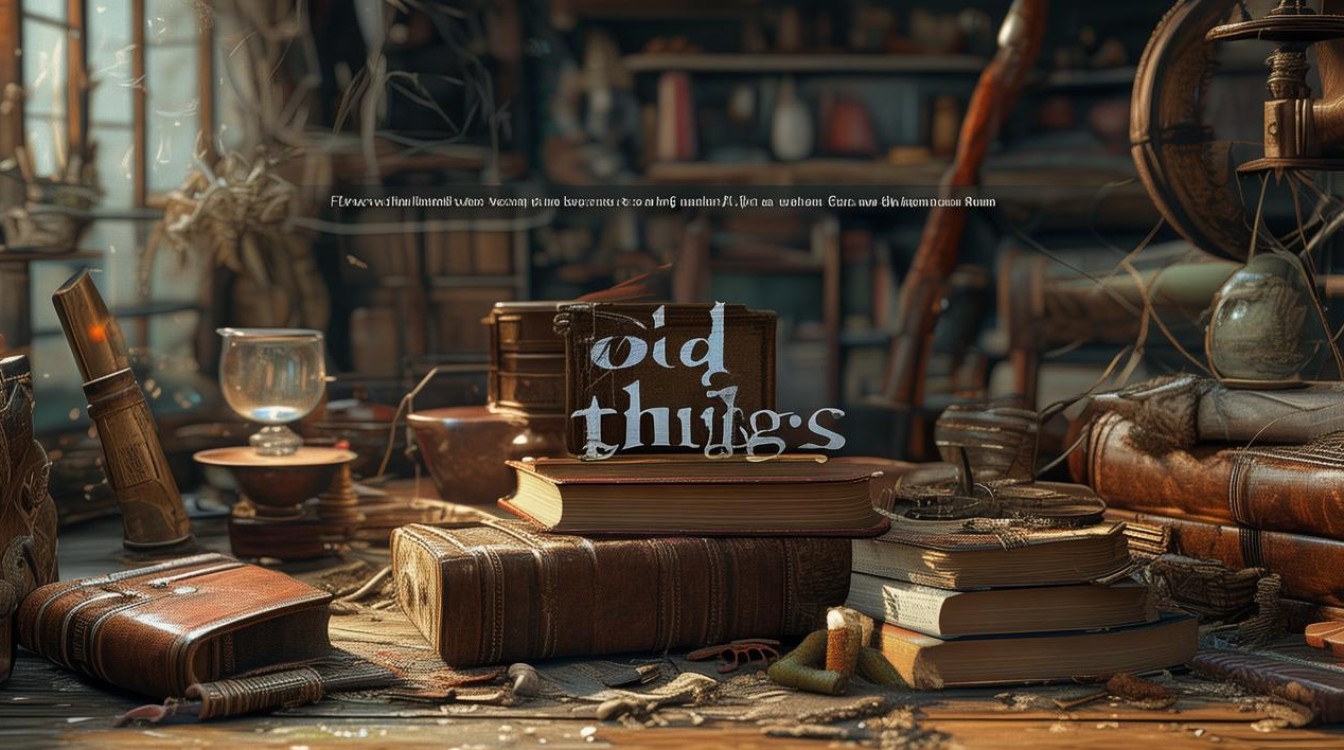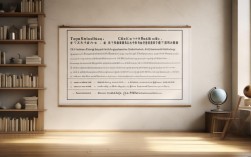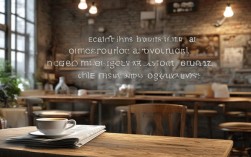在雅思口语考试中,"old things"(旧物)是一个高频且贴近生活的话题,它不仅考察考生对物品描述的能力,还涉及个人经历、文化价值观和情感表达等多个维度,无论是描述一件传家宝、童年玩具,还是具有历史意义的物件,考生都需要通过清晰的逻辑、生动的细节和自然的语言,展现对"旧物"这一主题的深度理解,本文将从旧物的分类、描述技巧、文化意义及口语表达范例等方面展开,帮助考生系统掌握相关话题的答题思路。

旧物的常见分类与核心特征
在口语讨论中,"old things"可细分为不同类别,每类物件有其独特的描述角度,以下是常见分类及核心特征:
| 分类 | 典型例子 | 描述重点 |
|---|---|---|
| 情感联结类 | 祖母的首饰、童年玩具、情书 | 来源、与个人的故事、情感价值(如nostalgia, sentiment) |
| 实用留存类 | 家传家具、旧书、老式相机 | 功能、使用年限、现状(preservation condition) |
| 历史文化类 | 古董钱币、传统工艺品、历史照片 | 背景故事、文化象征、历史意义(historical significance) |
| 纪念意义类 | 演唱会门票、毕业纪念册、旅行纪念品 | 相关事件、时间、特殊回忆(personal milestone) |
明确分类后,考生可根据具体物件选择切入点,避免泛泛而谈,描述"传家宝"时,应侧重家族历史与情感传承;而描述"老式相机"时,则可聚焦其功能特点与现代科技的对比。
描述旧物的核心技巧
雅思口语评分看重"细节丰富性"和"逻辑连贯性",描述旧物时需结合以下技巧:
运用"感官描述法"
通过视觉、触觉、听觉等多维度细节,让物件更生动。
- 视觉:"This silver necklace has a delicate pendant carved with a phoenix, and the surface is slightly tarnished after decades."
- 触觉:"The edges of this old storybook are worn smooth, and I can still feel the faint ink stains from my childhood doodles."
结合"时间线索"
按"过去—未来"的逻辑展开,体现物件的变化与意义延续。
- 过去:"My grandfather bought this watch in the 1960s, and he used it to check the time when he was repairing trains."
- "Now it’s stopped working, but I keep it on my desk as a reminder of his hard work."
- "Someday, I’ll pass it to my son, hoping he’ll understand the value of perseverance."
融入"情感与文化"
旧物的价值往往超越物质本身,需关联个人情感或社会文化。
- 情感:"This teddy bear isn’t just a toy; it’s the only thing that comforted me when I was homesick during my first year at boarding school."
- 文化:"In my family, we keep a set of porcelain teacups from the Qing Dynasty. They symbolize respect for elders and the tradition of afternoon tea gatherings."
旧物话题的口语表达范例
以下以"Describe an old object in your home"为题,展示完整回答思路:
*"I’d like to talk about my grandmother’s wooden sewing box, which has been in our family for over 80 years. It’s a medium-sized box made of rosewood, with intricate floral carvings on the lid—some parts are faded, but you can still see the craftsmanship was exceptional. Inside, there are compartments for threads, needles, and even a small pair of silver scissors engraved with her initials.
My grandmother used this box to make clothes for my father and his siblings when they were children. She once told me she stayed up late by candlelight to stitch a quilt for my dad’s 10th birthday. Now, the box holds more than just sewing tools; it contains faded fabric scraps and even a note she wrote, saying ‘Every stitch is made with love.’
I keep it on my bookshelf, not just because it’s antique, but because it reminds me of my grandmother’s kindness and the value of creating things by hand. In today’s fast-paced world, this box feels like a connection to a slower, more intentional way of life."*
亮点分析:
- 结构清晰:外观—功能—情感意义—个人反思。
- 细节丰富:材质(rosewood)、雕刻(floral carvings)、内部物品(engraved scissors)等。
- 情感真挚:通过祖母的故事和遗言,赋予物件深层价值。
旧物相关的文化视角
不同文化对"旧物"的态度差异,可作为口语加分项:
- 东方文化:强调"传承"与"纪念",如家谱、祖宅、传统手工艺品,注重物件的历史延续性。
- 西方文化:部分群体推崇"vintage"(复古)风格,如旧唱片、古董服饰,将其视为时尚与个性的表达。
- 全球共性:在环保意识增强的背景下,"修复旧物"(upcycling)逐渐成为趋势,体现可持续生活理念。
考生可结合自身文化背景,举例说明对旧物的理解,展现跨文化视角。
FAQs
Q1: 雅思口语中描述旧物时,需要强调其价值吗?
A1: 是的,但"价值"不一定指金钱价值,更应突出情感价值(如亲情、回忆)、文化价值(如传统技艺)或历史价值(如时代见证),一件破旧的T恤可能没有金钱价值,但因与某段特殊经历相关,具有不可替代的情感意义,这样的描述更能打动考官。
Q2: 如果没有真实的旧物经历,如何合理虚构回答?
A2: 虚构需符合逻辑,避免夸张细节,可基于常见生活经验构建场景,"想象一下我爷爷的老收音机——它是个棕色木壳盒子,虽然收音效果时好时坏,但转动旋钮时总会发出轻微的‘咔哒’声,这是我最熟悉的童年背景音。" 关键在于细节真实(如颜色、声音)和情感自然,而非编造离奇故事。











